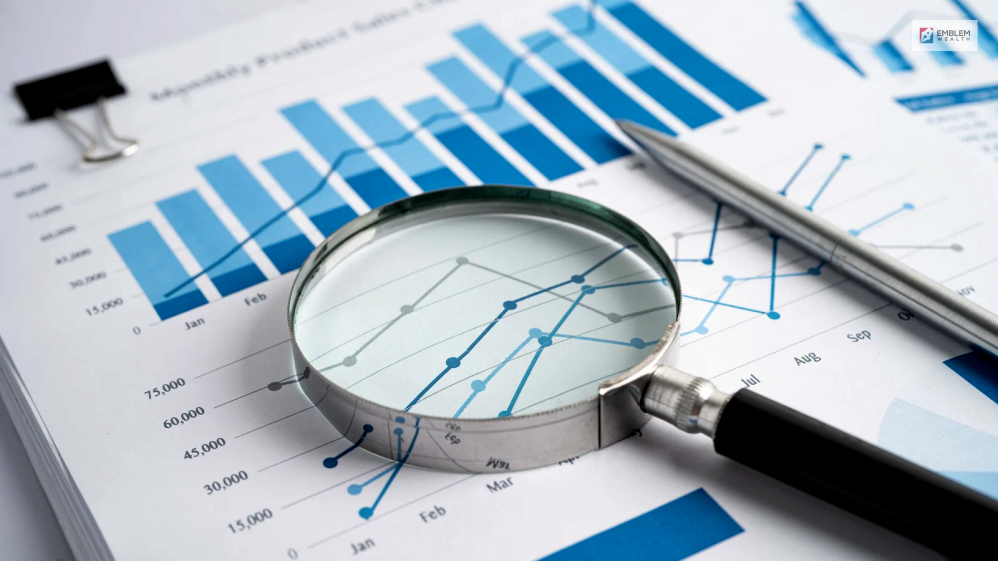Which Is Not A Temporary Account: Learn The Difference And Have A Clear Picture

As a business owner, you have come across various accounting accounts, like expense accounts or asset accounts. However, were you familiar with the fact that all of these accounts can be labeled as temporary or permanent accounts?
Keep reading to understand the difference between permanent and temporary accounts to have a clear picture of which is a temporary account and which is not a temporary account.
Temporary vs. permanent accounts
Before we get on with the difference between a permanent and temporary account, let’s look into the different types of accounts there are on accounting.
The five main types of accounts we have in accounting are:
- Assets
- Liabilities
- Equity
- Expenses
- Income or revenue
The accounts help you keep the business transactions sorted and also help you keep track. Every time you make a sale or a purchase, you have to keep a record of the transactions with the correct account.
This will help you look into the account and get a clear picture of the financial health of the company. Some sub-accounts can help you record the transactions. Some examples of sub-accounts are pretty cash, accounts payable, owner’s equity, and cost of goods sold.
Businesses mainly list the accounts with the help of COA or a chart of accounts. The COA helps you organize the different accounts easily and helps you track down transition or financial information. However, where do temporary and permanent accounts come in accounting?
Temporary Accounts
So, it’s time to look into which is a temporary account and which is not. Temporary accounts are those which you close at the end of every period. These are general ledger accounts. All sorts of income statement accounts are taken under temporary accounts.
You have to close the temporary account to stop mixing up the balances between the accounting periods. Moreover, when you shut down a temporary account by the end of the period, you start fresh with a zero-balance account in the next period. Also, you can transfer any remaining funds to your permanent account.
Temporary accounts include expenses, revenue, loss, and gain accounts. However, if you have a partnership or sole proprietorship, then you might also have a temporary drawing or withdrawal account.
A few examples of those accounts are:
- Earned interest
- Sales returns
- Sales discount
- Rent
- Utilities
- Other expenses
Unlike any other permanent accounts, temporary accounts are set from period to period. During the closing process, the balance of the temporary account is reset, and it is prepared for the new period as well.
When you close a temporary account at the end of a period, it allows you to see the following:
- Earned net income
- Generated revenues
- Incurred expenses
Moreover, it is up to you how long you want to maintain your temporary account. You might even want to close a temporary account by the end of the year. Also, you can close the account every quarter. Either way, you have to make sure that the temporary accounts are tracking the funds over the same time period.
Permanent Accounts
So, let’s have a look at permanent accounts now. Permanent accounts are those which you don’t close by the end of the accounting period. Instead of closing the entries, you can carry over the balances from the permanent account from period to period.
As you do not close a permanent account by the end of the period, the balances will be transferred over to the coming year or the coming period. You can report permanent accounts on the balance sheet as well.
Permanent accounts mostly include assets, equity accounts, and liabilities.
Here are some examples of permanent accounts:
- Accounts payable
- Accounts receivable
- Loans payable
- Inventory
- Owner’s equity
- Retained earnings
Unlike the temporary accounts, you dont have to worry about closing the permanent accounts during the end of every period. Moreover, the permanent accounts track funds for different fiscal periods from year to year.
Also, there is no ending period for these accounts if you do not sell or close the business or try to reorganize the accounts.
Related: Accounting Vs. Finance: What’s The Difference And Career Scope?
Examples of temporary and permanent accounts
Now that you have a clear picture of the permanent account and temporary account let’s look at the examples of both accounts.
Examples of temporary account
For instance, think that you are closing the temporary accounts during the end of the fiscal year. The company, XYZ Jewellers, made $50,000 in sales in 2021. And you forgot to close this temporary account by the end of 2021, and the $50,000 balance carries forwards to 2022.
In 2022, the business makes $70,000. As you did not close the balance by the end of 2021, the sales by the end of 2022 will be $120,000 and not $70,000.
However, to avoid this scenario, you have to reset the temporary account balance to zero by the beginning of the year and transfer the remaining balance to the permanent account. This way, you will be able to measure the 2021 and 2022 sales accurately.
Permanent Account Example
For instance, think you have a cash balance of $30,000 by the end of 2021. However, it is a permanent account, and you can also carry forward the cash balance of $30,000 in the coming year. The balance you have while starting the 2022 account is going to be $30,000.
Now, think that you can add a balance of $25,000 to that particular account in 2022. The year-end balance is going to be $55,000 and will be forwarded to 2023 as the beginning balance. This permanent account process continues year after year till you do not need the account anymore.
Look back at which is not a temporary account
So, now you know which is not a temporary account and which one is. To help you understand the different account types, here is a recap of the different accounts below.
Temporary Accounts:
- This includes expense, revenue, loss, and gain account
- These are closed at the end of every period
- The accounts reset to zero balance at the start of every period
- It might also include withdrawal or drawing accounts
- It helps you track your funds from period to period
Permanent Accounts:
- This includes equity accounts, assets, and liability
- You do not have to close it by the end of the accounting period
- These are reported on the balance sheet
- It also maintains a cumulative balance
- It tracks the account balance from year to year
Moreover, there are different accounting software available that can help you simplify permanent and temporary accounts. These can easily help you record the expenses and income and maintain a record of your business.
Read Also:

























Leave A Reply